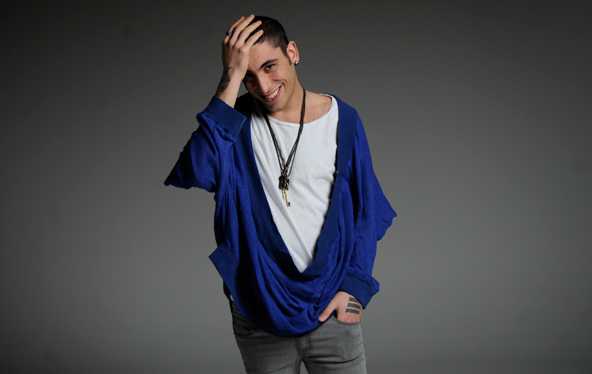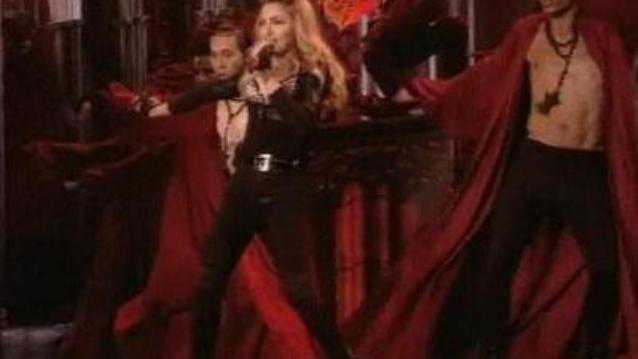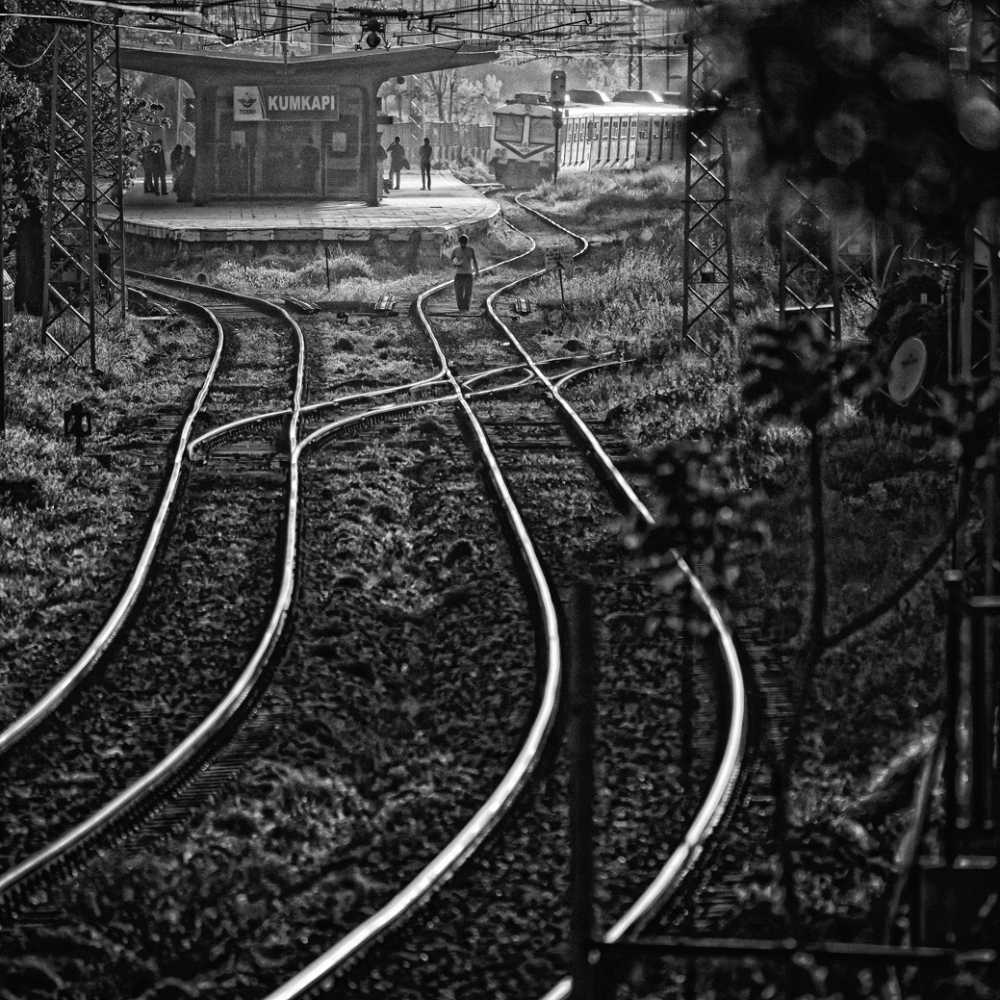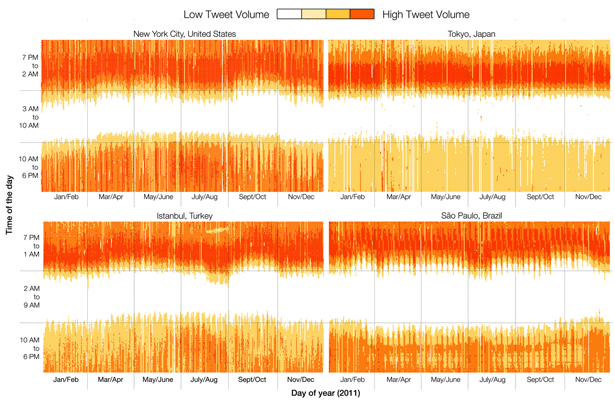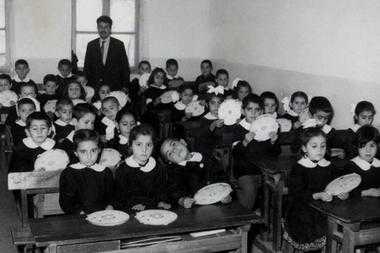Raymond Ibrahim June 9th 2012
Mideast Forum
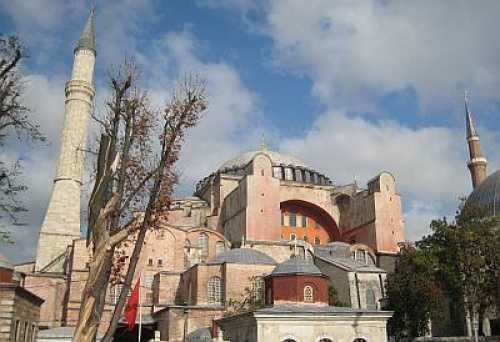
Haghia Sophia
Ostensibly dealing with a building, a recent report demonstrates how Turkey’s populace—once deemed the most secular and liberal in the Muslim world—is reverting to its Islamic heritage, complete with animosity for the infidel West and dreams of Islam’s glory days of jihad and conquest. According to Reuters: Thousands of devout Muslims prayed outside Turkey’s historic Hagia Sophia museum on Saturday [May 23] to protest a 1934 law that bars religious services at the former church and mosque. Worshippers shouted, “Break the chains, let Hagia Sophia Mosque open,” and “God is great” [the notorious “Allahu Akbar”] before kneeling in prayer as tourists looked on. Turkey’s secular laws prevent Muslims and Christians from formal worship within the 6th-century monument, the world’s greatest cathedral for almost a millennium before invading Ottomans converted it into a mosque in the 15th century.
Hagia Sophia—Greek for “Holy Wisdom”—was, in fact, Christendom’s greatest cathedral for a thousand years. Built in Constantinople, the heart of the Christian empire, it was also a stalwart symbol of defiance against an ever encroaching Islam from the east. After parrying centuries of jihadi thrusts, Constantinople was finally sacked by Ottoman Turks in 1453. Its crosses desecrated and icons defaced, Hagia Sophia—as well as thousands of other churches—was immediately converted into a mosque, the tall minarets of Islam surrounding it in triumph. Then, after the dissolution of the Ottoman Empire, as part of several reforms, Ataturk transformed Hagia Sophia into a “neutral” museum in 1934—a gesture of goodwill to the then triumphant West from a then crestfallen Turkey.
Even though Hagia Sophia is a Christian center under Islamic domination, several Christian authorities are content seeing it remain a museum, including the Ecumenical Patriarchate, spiritual leader of Orthodox Christians: “We want it to remain a museum in line with the Republic of Turkey’s principles,” adding, “if it became a church it would be chaos.”
True enough; one need only recall how back in 2006, when Pope Benedict was scheduled to visit Hagia Sophia, Muslims were outraged. Then, Turkey’s independent paper Vatan wrote: “The risk is that Benedict will send Turkey’s Muslims and much of the Islamic world into paroxysms of fury if there is any perception that the Pope is trying to re-appropriate a Christian center that fell to Muslims.” Before the Pope’s visit, a gang of Turks stormed and occupied Hagia Sophia, screaming “Allahu Akbar!” and warning “Pope! Don’t make a mistake; don’t wear out our patience.” On the day of the Pope’s visit, another throng of Islamists waved banners saying “Pope get out of Turkey” while chanting Hagia Sophia “is Turkish and will remain Turkish.”
All this is yet another reminder of the Islamic world’s double standards: when Muslims conquer non-Muslim territories, such as Constantinople and its churches—through fire and steel, with all the attendant human suffering and misery—the descendents of those conquered are not to expect any apologies or concessions. However, once the same Muslims who would never concede one inch of Islam’s conquests, including buildings, are on the short end of the stick—Palestinians vis-à-vis Israel, for example—then they resort to the United Nations and the court of public opinion, demanding justice, restitutions, rights, and so forth.
Even in the brief Reuter’s report, evidence of such “passive-aggressive” behavior emerges. First, this is not about Muslims wanting to pray; it’s about Muslims wanting to revel in the glory days of Islamic jihad and conquest: Muslims “staged the prayers ahead of celebrations next week marking the 559th anniversary of the Ottoman Sultan Mehmet’s conquest of Byzantine Constantinople.” According to Salih Turhan, a spokesman quoted by Reuters, “As the grandchildren of Mehmet the Conqueror, seeking the re-opening Hagia Sophia as a mosque is our legitimate right.”
Sultan Mehmet was the scourge of European Christendom, whose Islamic hordes seized and ravished Constantinople, forcibly turning it Islamic. Openly idolizing him, as many Turks do, is tantamount to their saying “We are proud of our ancestors who killed and stole the lands of Christians.” And yet, despite such militant overtones, Turhan, whose position is echoed by many Turks, still manages to blame the West: “Keeping Hagia Sophia Mosque closed is an insult to our mostly Muslim population of 75 million. It symbolizes our ill-treatment by the West.”
If merely keeping a historically Christian/Western building—that was stolen by Islamic jihad—as a neutral museum is seen as “ill-treatment by the West,” on what basis can Muslims and non-Muslims ever “dialogue”?
Raymond Ibrahim is a Shillman Fellow at the David Horowitz Freedom Center and an Associate Fellow at the Middle East Forum, from where this article is adapted.
via The Cutting Edge News.

